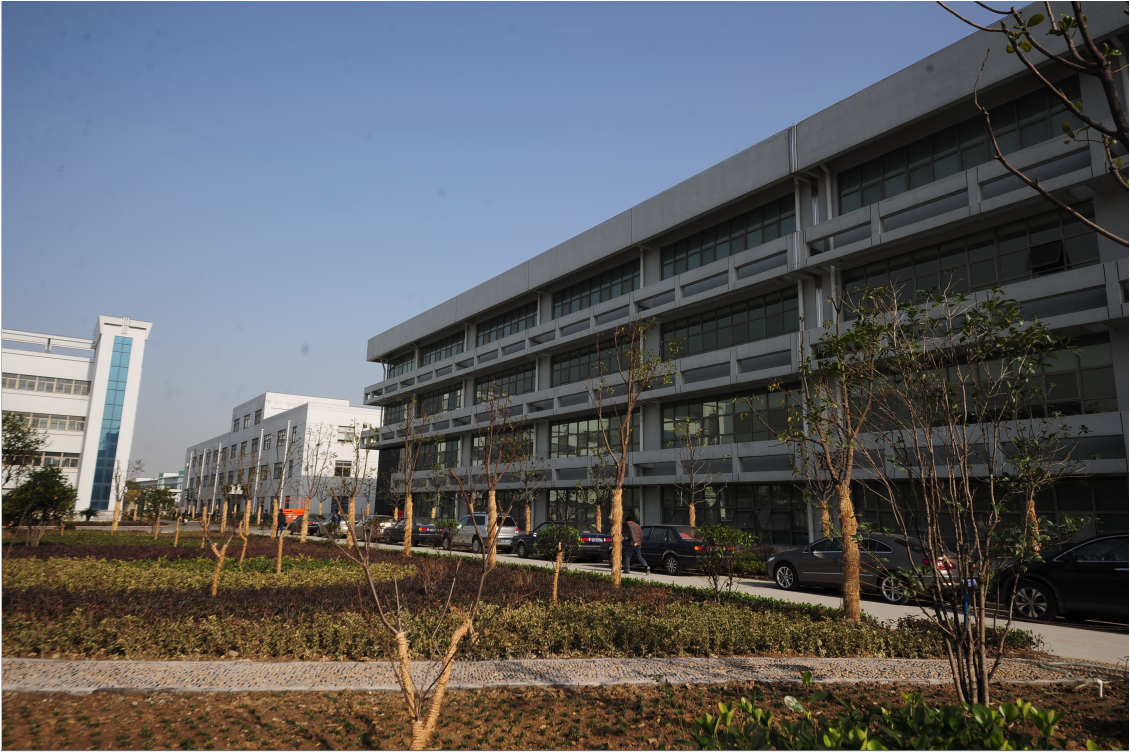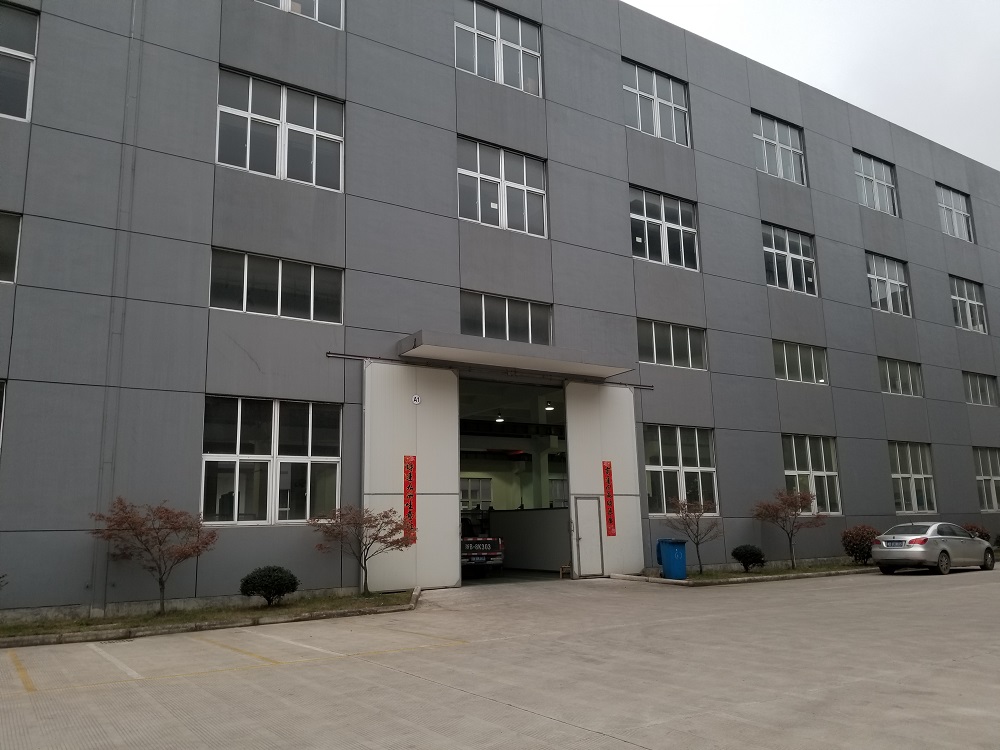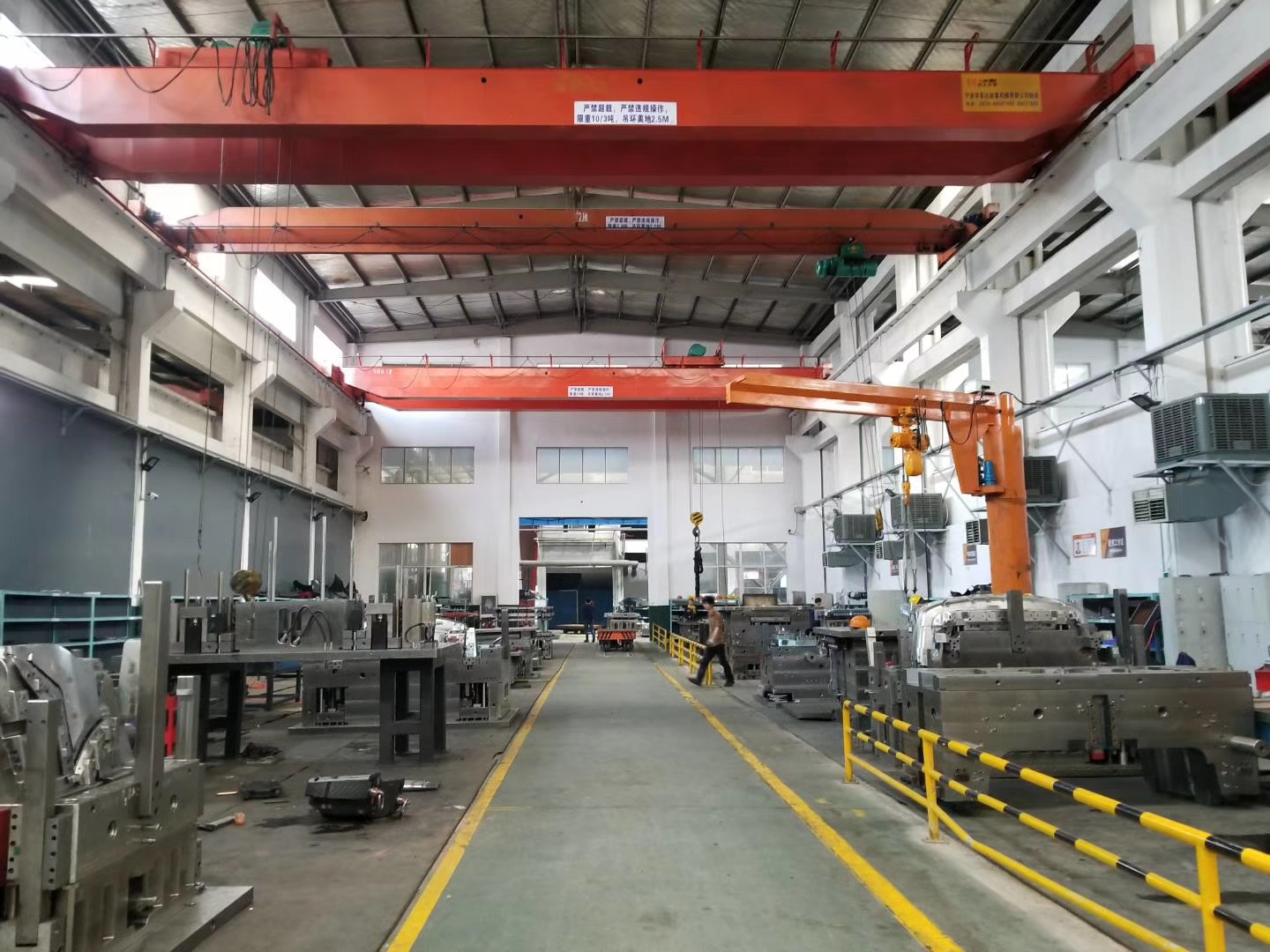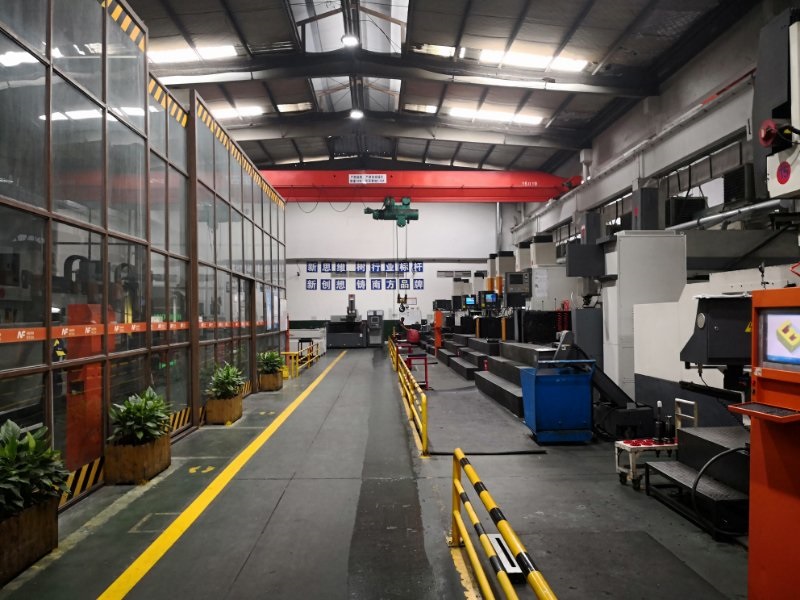The Chinese commercial vehicle market seems to be about to spend the winter. With the promulgation of favorable policies and the constant exploration of new growth points by enterprises, the commercial vehicle market will show a warming trend this year.
In recent days, major commercial vehicle companies have announced sales plans for 2013 in succession. Dongfeng Commercial Vehicle Company announced that its sales of medium-duty trucks will not be less than 180,000 vehicles this year, and its market share will be no less than 20%. SAIC Iveco Hongyan has set a sales target of 30,000 units in 2013, which is a year-on-year increase of 70%. During the same period, Shaanxi Automobile executives stated that in 2013, it will achieve sales target of 85,000 civilian heavy trucks, continue to maintain rapid growth, and strive to enter the overall goal of the first camp of China's heavy trucks within two years.
Behind the rising sales target, it shows that companies are optimistic about the commercial vehicle market next year. An auto analyst at Industrial Securities told reporters that with the increase in the proportion of fixed asset investment and the gradual improvement in the profitability of freight transportation, the repressed demand for transfer will be released in the first two years, and the heavy commercial vehicle market will be the first to usher in the market. Warmer.
In addition, with the active exploration and exploration of new models by commercial vehicle manufacturers, products represented by natural gas heavy commercial vehicles will have better performance.
The looming policy is positive
According to the statistics of China Association of Automobile Manufacturers, in 2012, the performance of the truck market was relatively sluggish, with a total of 3.3038 million units sold, a year-on-year decrease of 6.80%. Among the variety of trucks, heavy trucks took the lead, with a total of 635,600 units sold, a year-on-year decrease of 27.78%, a decrease of 14.34 percentage points over the same period last year.
Some industry insiders believe that the direct cause of the decline in the heavy commercial vehicle market is the economic downturn. Under the background of various uncertainties in the domestic economic environment, can heavy-duty commercial vehicles come out of the market's predicament?
"Policy factors are an important reason for the development of the heavy commercial vehicle market next year." Yang Jiechi, deputy secretary-general of the National Association of Passenger Vehicle Markets, said in an interview with the reporter of the “Daily Economic Newsâ€.
The policy on emission escalation was once again rampant in the second half of last year. In August last year, the Ministry of Environmental Protection issued the “Announcement on the Implementation of the Fourth Phase of National Heavy-duty Gasoline Engines and Vehicle Emission Standardsâ€, which clearly stipulates that all production, import, sales, and registration will begin on July 1, 2013. The compression ignition engine and vehicle for vehicles must meet the requirements of the National IV standard.
“The implementation of the national four standard implementation policy that was originally scheduled for implementation on January 1, 2011 has been delayed for two consecutive years, and there is little possibility of further delays,†the analyst said.
According to historical experience, advance purchase of cars during emission upgrades generally takes place within six months before the standard is implemented. It is estimated that the price of the country’s four vehicles will increase by about 15,000 yuan, and the cost of oil prices will increase by 0.3 yuan to 0.5 yuan/L. “This is an increase that cannot be ignored for current heavy trucks with prices below 300,000 yuan. This will increase the number of advance purchases.†It is understood that the market share of about 80% of China’s heavy trucks is occupied by domestic brands, and product prices are mostly concentrated on Within 300,000 yuan. Based on this, the analyst believes that heavy trucks will show a warming trend in the first half of this year.
In addition, Yang Zaichen told reporters that it does not rule out that the state will increase policy support for certain regions and certain industries to promote the development of regional heavy commercial vehicle market.
Rapid development of natural gas heavy trucks
The recovery of the commercial vehicle market cannot rely solely on policy external forces. It also needs to identify new launch points and introduce products that are more in line with market demand and further drive sales growth.
With the ever-increasing car ownership, the city’s air pollution and energy shortages have been highlighted one after another. Heavy-duty commercial vehicles fueled by natural gas are seen as a “key†to open their way out, gradually being taken seriously by the relevant state agencies and favored by commercial vehicle companies.
It is understood that the current domestic natural gas vehicles are mainly concentrated in the commercial vehicle sector. The ratio of buses to CNG and LNG is 2:1, and all heavy trucks are basically LNG. Since 2008, China's natural gas auto industry has begun to experience explosive growth. Its growth rate is far faster than that of the passenger car and heavy truck industries.
According to the public information of the "2012 China Natural Gas Vehicle Development Forum", in the past two years, LNG vehicles have been growing at an average annual sales rate of over 20% in the overall downturn of heavy commercial vehicles. CNG (compressed natural gas) The average annual growth rate of car sales is above 30%, and the number of natural gas vehicles in China has grown from less than 10,000 vehicles in 2000 to the current one million vehicles.
Various companies have already launched corresponding products. It is reported that Shaanxi Auto, Beiben, FAW Jiefang, Valin, Auman and other heavy truck companies have increased their investment in the natural gas heavy truck market. Shaanxi Automobile has a first-mover advantage and is the only one in the LNG heavy truck field.
Relevant data show that in 2012, the scale of natural gas heavy truck market exceeded 10,000 vehicles, an increase of about 60% year-on-year. Shaanxi Automobile alone sold more than 7,000 heavy trucks for natural gas in 2012, more than double the 3,000 vehicles in 2011.
According to the analysis, with the official implementation of the new version of the “Natural Gas Utilization Policy†announced by the National Development and Reform Commission at the end of October last year, and the huge potential for development of the natural gas market, commercial vehicle manufacturers will be more aggressive in this area.
Yang Zaiyu said that even if the commercial vehicle market picks up, it will not return to the state of rapid growth in previous years. As the growth rate gradually declines, it will eventually continue the development of the passenger car market.
Relevant data show that for 2013 China's commercial vehicle market, Goldman Sachs predicts a growth of 6%, and the prediction of automotive industry consulting company LMC Automotive is relatively optimistic that it can reach 10%, but the company also stated that even if it increases by 10%, 2013 The annual sales of heavy-duty commercial vehicles reached 700,000, but it still failed to reach the annual sales of 1 million in 2010.
Automotive Interior Plastic Injection Mould
Automotive Interior Plastic Injection Mould includes automotive dashboard plastic injection mould, automotive interior console plastic injection mould, automotive A, B, C pillar mould, automotive air conditioner plastic mould, automotive seat plastic injection mould and all other interior plastic accessories mould.




FAQ:
Q1: What tolerances can you achieve for Automotive Interior Plastic Injection Mould?
There is not a given set of tolerances that fits all processes and materials. In every case, the final tolerances on your part will depend on a number of factors, including but not limited to:
- Part size
- Design geometry
- The number, type, and size of features
- Material(s)
- Surface finish
- Manufacturing process
We will review your design and provide a design for manufacturing review, pointing out any areas where we may not be able to achieve your desired tolerances. It`s helpful to us if you can specify which areas in your design have critical tolerances that must be met and which can be slightly modified if needed to reduce time and costs involved.
Q2: How do you ensure your Automotive interior plastic mould quality?
In order to deliver high-quality parts every time, we`ve instituted the following steps to ensure you get parts that meet and exceed your expectations.
- A full design for manufacturing (DFM) review upon initial inquiry. This will be performed by our skilled engineering team, who will alert you to any issues before work begins.
- All incoming material (metal and plastic) is 100% inspected using our in-house metrology equipment.
- In-process and first article inspection.
- Comprehensive final inspection with a full report.
Q3: Is the lead time in working days or calendar days?
Lead times are quoted in working days. As per our terms and conditions, quoted lead times commence only after completion and confirmation of design for manufacturing review and the beginning of actual production.
Q4: How long does a quotation take?
In most cases, we respond within a couple of days of receiving an RFQ. However, there may be situations when we must source material from an external supply and therefore the quotation may be delayed accordingly.
Q5: What is the difference between a multi-cavity mold and a family mold?
A multi-cavity mold has multiple cavities of the same part; a family mold produces a set. For instance, for an electronic enclosure, you may need a front, back, battery door, and a button. Those could all be molded at once in a family mold.
Q6: How long does it take to build an Automotive air conditioner injection mold?
Depending on complexity and our tool room load, it can range from 2 to 12 weeks.
Q7: Can I modify the mold after the first run?
We can modify our steel molds by additional machining, fill-in welding, welding in additional material, or inserting a replacement feature, for a reasonable cost. If the changes are too great, however, producing a new mold may be more cost-effective than reworking the existing one.
Automotive Interior Plastic Injection Mould,Automotive Interior Trim Parts,Plastic Car Dashboard,Plastic Car Air Conditioner
Zhejiang Ceeto Molding Technology Co.,Ltd. , https://www.ceetomold.com